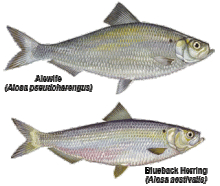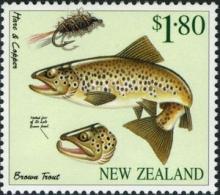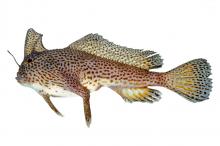New VCE study reveals population health of mountain songbirds
A 16-year study of mountain forest songbirds across New York and New England, including thrushes, warblers and other iconic species, has documented their population changes. Although species like Black-capped Chickadee and Swainson’s Thrush have thrived in the mountains during recent decades, some species that depend on the region’s evergreen forests of spruce and fir – notably Blackpoll Warbler – appear to have undergone substantial declines.










